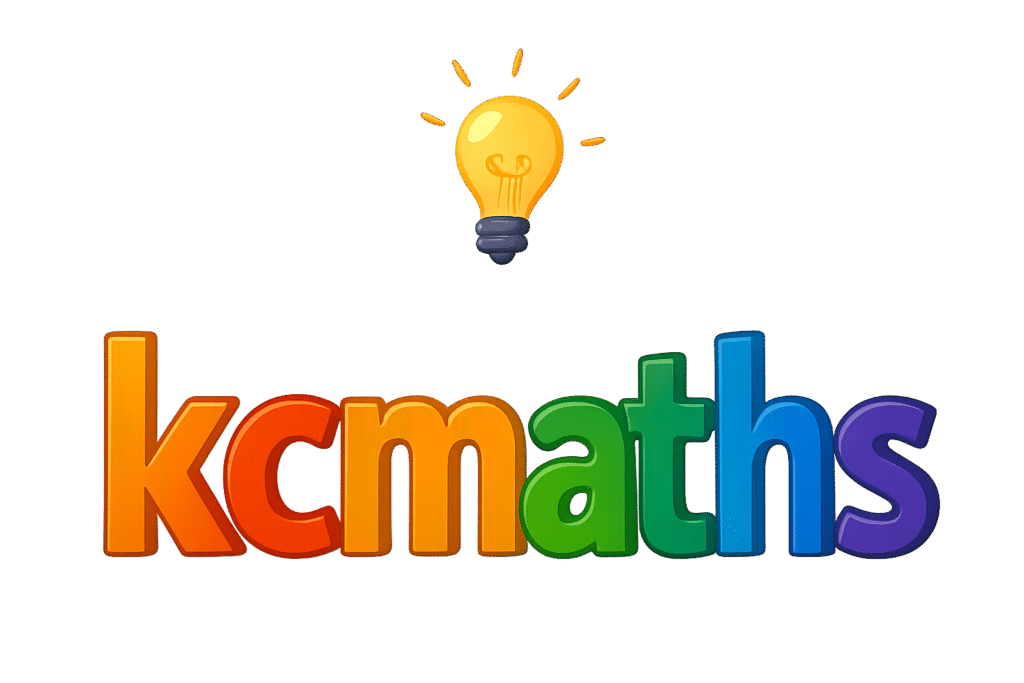Introduction
Order of operations tells us the correct order to solve different parts of a maths expression.
Without the right order, we can all get different answers to the same question!
We use BODMAS (or PEMDAS) to help remember the correct steps.
What is BODMAS or PEMDAS?
- B = Brackets (Parentheses)
- O = Orders (Exponents, like 2²)
- D = Division
- M = Multiplication
- A = Addition
- S = Subtraction
BODMAS and PEMDAS mean the same thing:
- Brackets/Parentheses first
- Then Orders/Exponents
- Then Division and Multiplication (left to right)
- Then Addition and Subtraction (left to right)
Examples
Example 1:
6 + 3 × 2
✅ Do multiplication first:
= 6 + 6 = 12
Example 2:
(4 + 5) × 3
✅ Do brackets first:
= 9 × 3 = 27
(4 + 5) × 3
✅ Do brackets first:
= 9 × 3 = 27
Example 3:
12 ÷ (2 × 2)
= 12 ÷ 4 = 3

12 ÷ (2 × 2)
= 12 ÷ 4 = 3

Time’s up
Summary
Order of operations helps everyone get the same correct answer in maths.
🧠 Use the BODMAS/PEMDAS rule:
- Brackets first
- Then Orders (like powers or square roots)
- Then Division/Multiplication
- Lastly, Addition/Subtraction
Always go left to right for multiplication/division and addition/subtraction.

